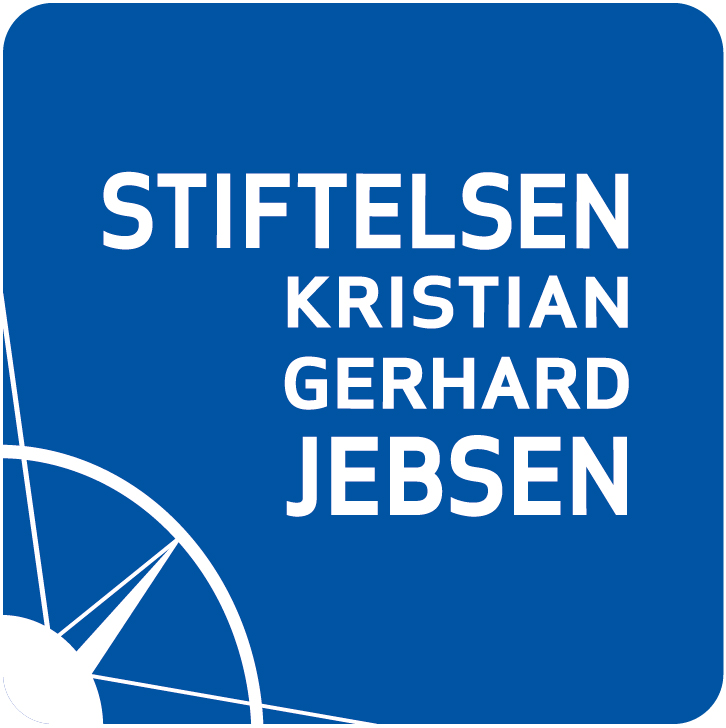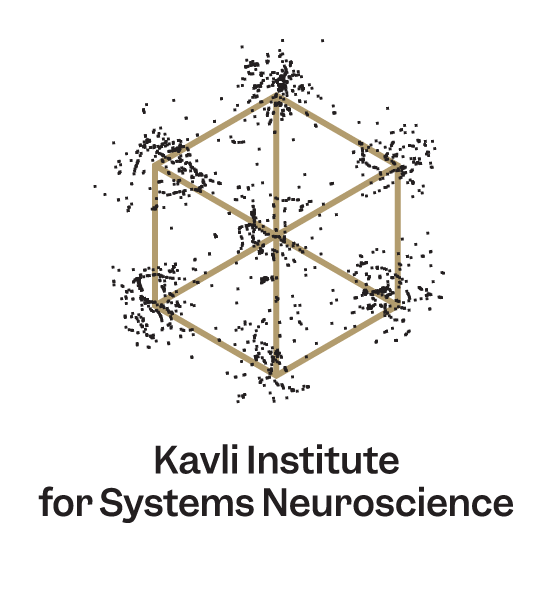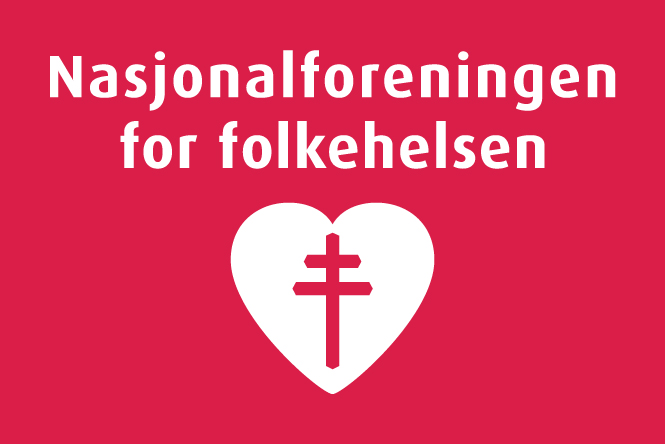K. G.Jebsen Centre for Alzheimer’s Disease, Kavli Institute
K.G. Jebsen Centre for Alzheimer’s Disease (JCA)
About
K.G. Jebsen Centre for Alzheimer’s Disease is a national research centre of interdisciplinary experts united in the common goal of determining the onset of Alzheimer's and the early stages of disease development.
The vision of the Jebsen centre is to translate Nobel Prize winning research from laboratory to patient. To accomplish this, the Jebsen team of experts collaborate on a set of projects designed to bridge the gaps from basic science to clinical implementation.
The centre activities span from basic research in rats and mice to clinical research in humans. Each step, from the lab to the patient, is quality assured with what is called translational research. Here, promising basic research results on healthy brains are translated to brains that have been affected by Alzheimer's disease, and the most significant findings from human brain disease are translated into animal models for testing before findings are reintroduced to humans.

Large-scale collaboration
Bringing together scientists across disciplines, the Jebsen Centre will establish a network of scientists to foster a healthy scientific discourse and to provide the society with quality assured scientific facts about Alzheimer's disease and the brain.
The centre is a large-scale collaboration that unites university and hospital and links them with prominent national and international partners. Jebsen researchers have access to state-of-the art technology from the NORBRAIN 2 and NORBRAIN 3 research infrastructure programmes.
The centre was made possible by a donation from the Foundation Stiftelsen Kristian Gerhard Jebsen of NOK 22.5 million. The Foundation Stiftelsen Kristian Gerhard Jebsen aims to support new and promising research that may ultimately lead to improved treatments for patients. They have established 22 K.G. Jebsen centres for medical research in collaboration with Norwegian universities and university hospitals.
The Central Norway Regional Health Authority has contributed NOK 11.25 million and NTNU's Faculty of Medicine and Health Sciences has contributed NOK 5.63 million. St. Olavs hospital and the National Association for Public Health, with its expertise and close contact with patients and relatives, will collaborate closely with the centre.
Read the news article:
Norway’s Nobel laureates take up the fight against Alzheimer's
Centre Leaders
Work Packages (WP)
JCA Discoveries
Bnip3 expression is strongly associated with reelin-positive entorhinal cortex layer II neurons
We show that Bnip3, a protein involved in mitophagy as well as in inducing cell death, has a selective strong expression in reelin-positive (Re+) entorhinal cortex layer II neurons (ECLII-neurons).
Interestingly, Bnip3 is expressed along the same gradient as that of reelin. We suggest that this reflects a systematic increase in metabolic rate as one moves successively closer to the rhinal fissure. Intriguingly, the systematic variation in energy requirement of the neurons that manifest the observed reelin/Bnip3 gradient appears to be consonant with the level of spatial and temporal detail by which they encode information about the external environment.
Omholt, S.W., Lejneva, R., Donate, M.J.L. et al. Bnip3 expression is strongly associated with reelin-positive entorhinal cortex layer II neurons. Brain Struct Funct (2024).
https://doi.org/10.1007/s00429-024-02816-1
Lowering levels of reelin in entorhinal cortex layer II-neurons results in lowered levels of intracellular amyloid-β
Kobro-Flatmoen et al. report that entorhinal layer II-neurons, which uniquely express reelin, undergo early accumulation of amyloid-β in the context of Alzheimer’s disease. They further show that in these neurons, reelin and amyloid-β42 directly interact, and that lowering reelin-levels causes a concomitant reduction of amyloid-β across three levels of aggregation. This vulnerability for accumulation of amyloid-β42 and the interaction involving reelin, might be highly relevant for the subsequent formation of neurofibrillary tangles, which is known to predominantly occur in these entorhinal neurons.
Flatmoen, A. K., Battistin, C., Nair, R. R., Bjorkli, C., Skender, B., Kentros, C., Gouras, G. Witter, M. P. (2023) Lowering levels of reelin in entorhinal cortex layer II-neurons results in lowered levels of intracellular amyloid-β. Brain Communications, April 6
https://doi.org/10.1093/braincomms/fcad115

Volunteer in clinical studies?
Please contact us by sending an email to tronderbrain@stolav.no
Academy for Young Medical Researchers
Stiftelsen K.G. Jebsen has initiated the K.G. Jebsen Academy for Young Medical Researchers to promote talented young researchers, and to strengthen the collaboration between young researchers affiliated with the different Jebsen centres.
Read more here about Kavli’s Academy Members Tora Bonnevie, and Asgeir Kobro-Flatmoen.
Location
The K.G. Jebsen Centre for Alzheimer’s Disease is a compact centre of units co-localized within a radius of 300 meters at St. Olav's Hospital in Trondheim, Norway.
The location of the K.G. Jebsen Centre for Alzheimer’s Disease.














